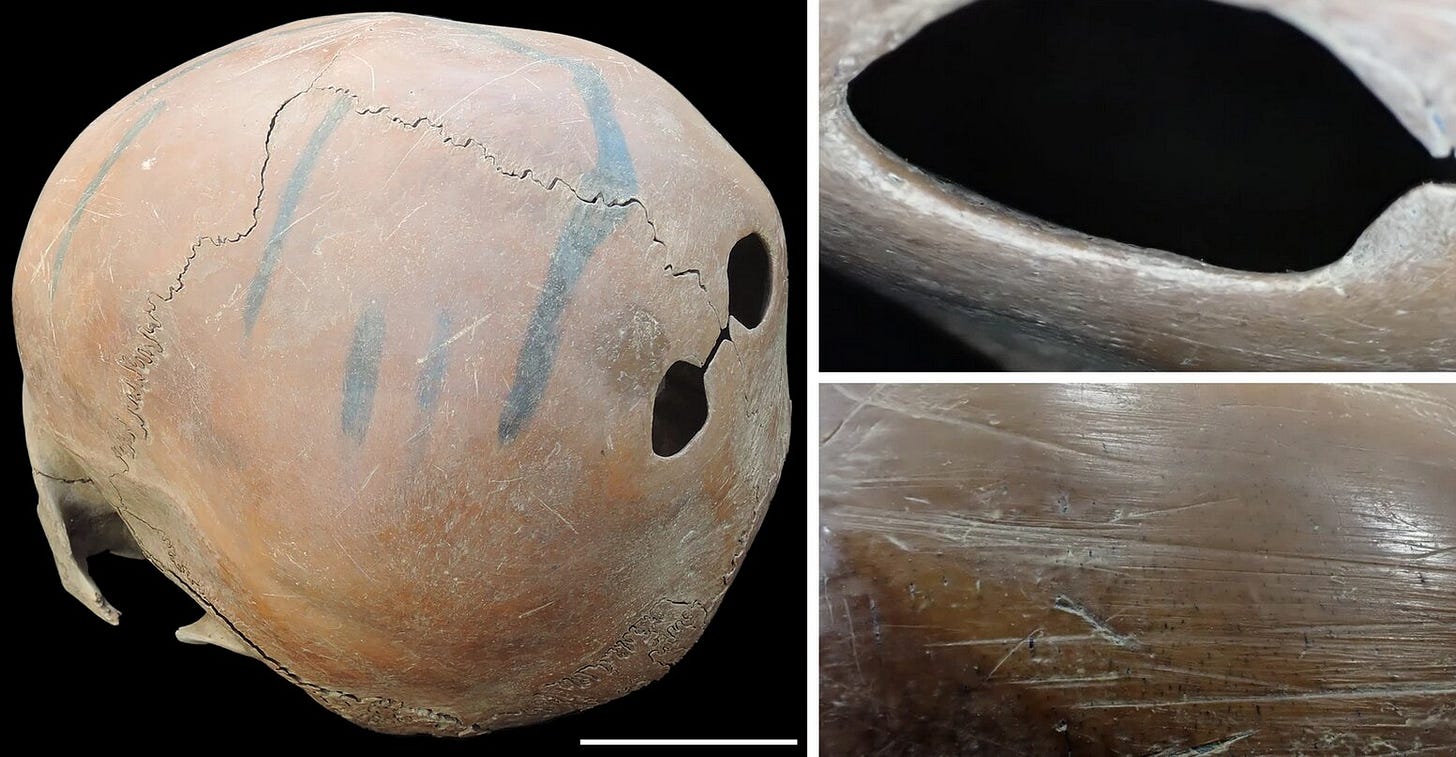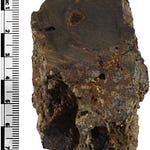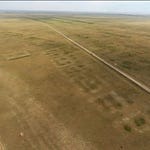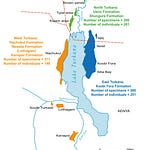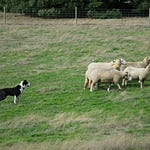From Rice Villages to Walled Cities
About 5,000 years ago, in the Yangtze River Delta, the Liangzhu culture transformed a patchwork of farming communities into one of East Asia’s first cities. These were not modest villages. Liangzhu was a world of moats and walls, palaces and altars, dams and canals. Its engineers bent rivers into channels, its artisans carved jade into ritual emblems, and its elites were laid to rest in graves piled with wealth.
Yet alongside the monumental splendor lay something far stranger. In the waterlogged canals that once girded Liangzhu’s city walls, archaeologists have unearthed1 worked human bones: skulls cut into bowls, faces split into mask-like slabs, mandibles smoothed flat, and long bones trimmed at their ends. Many appear unfinished, discarded mid-process, as if the dead themselves were raw material.
“The Liangzhu finds suggest an unsettling shift. The dead were no longer just ancestors to be honored, but resources that could be reshaped and set aside,” says Dr. Hui Zhang, an archaeologist at Zhejiang University who specializes in early Chinese urbanism.
Listen to this episode with a 7-day free trial
Subscribe to Anthropology.net to listen to this post and get 7 days of free access to the full post archives.


